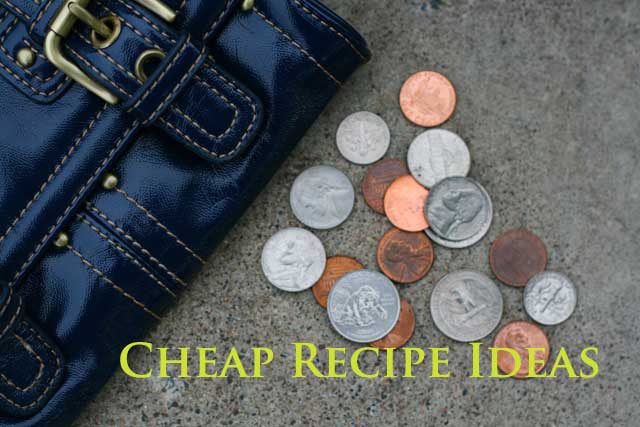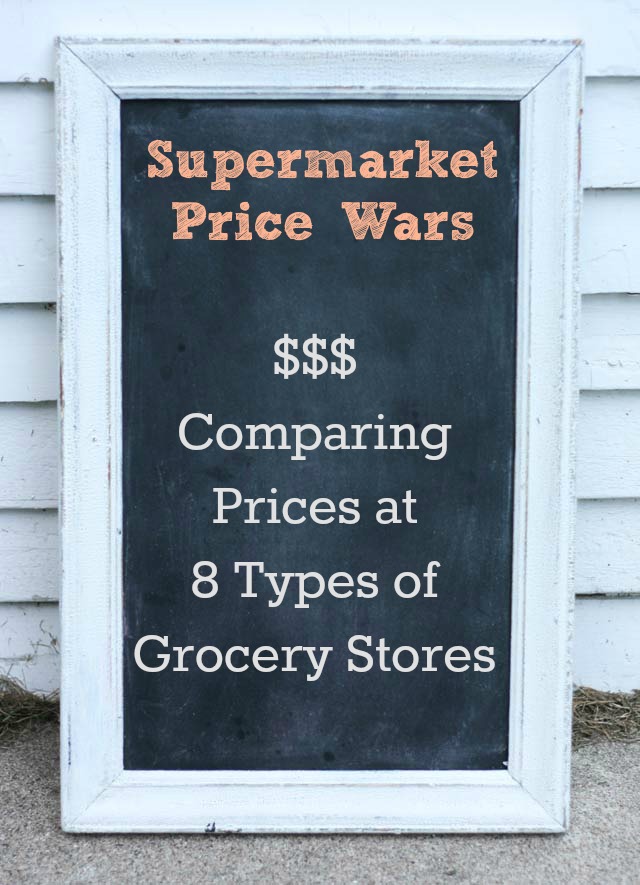10 Easy Ways to Save Money on Groceries
Looking to save money on groceries? Here are 10 easy-to-implement ways to save money on your grocery budget.

There are millions of ways to save money on food, but some tips stand out from the others. Here are ten of my favorites:
1: Use The Grocery Store Salad Bar
If a recipe calls for – say – one cup of spinach, you can save money by buying it from the grocery store salad bar instead of buying a whole bag – even if the price per pound is higher. This is a good option if you don’t anticipate eating the whole package or bag of food. However, beware of heavy food items like beans, hard-boiled eggs, and cauliflower. In these cases, it may be cheaper to purchase a whole unit. If, however, you only need a small amount, the salad bar may be your best bet. I do this all the time, buying greens, peppers, cheeses, bacon, and other ingredients in small quantities.
Find out more: Using the grocery store salad bar to save money on food
2: Use Your Freezer
Invest in high-quality food storage containers to keep your food fresh in the freezer. You can freeze liquids (like soups and sauces) in re-sealable storage bags.
Find out more: Tips for using your freezer to save money on food
3: Go Meatless Once In Awhile
If you are eating meat at every meal or even once a day, you will be surprised at the amount of money you can save by cooking some meals that are not meat-based. Going meatless even once a week can save significant money over time.
4: Buy In Bulk
Buying groceries in bulk is great if you consume a lot of one type of food (like rice or pasta) or cook for a family. Price per serving decreases dramatically when you buy in bulk, saving significant money over time.
5: Buy In Season
Buying in-season is your best bet for saving on fruits and vegetables. Unless you live in an area that is warm year-round, this can be a challenge. However, freezing and canning in-season fruits and vegetables for later use can be a cost-effective alternative. Growing your own vegetables and herbs is another great way to save money.
6: Find Your Cheap Food Staples
Spend some time researching recipes and meal ideas using cheap ingredients. Start by learning a few solid pasta, lentil, bean, and potato dishes.
Find out more: Find your cheap food staples
7: Use Coupons
I’ll admit it, I rarely use coupons. I find coupon clipping time-consuming, and would rather just buy ingredients that are cheap to begin with. All that aside, who isn’t inspired by those power-shopping coupon-clippers that go home with $200 worth of groceries for $5? Enough said.
8: Throw Away Less Food
This starts with smart planning. Don’t overbuy, and when you do, learn how to property preserve food. Leftover vegetables can be made into vegetable stock. Day-old bread can be made into croutons. Leftover dinner can be tomorrow’s lunch, which brings me to my next point:
9: Use And Repurpose Leftovers
Before you toss out leftovers, package them to use for tomorrow’s lunch or use them to create something else. Leftover meat is especially reusable, great for use in sandwich fillings, soups, casseroles, and other savory dishes.
10: Buy Generic
Brand loyalty is expensive and unnecessary, especially when there are great generic options available. I almost always buy store brand pasta, rice, beans, cereal, and shredded cheese.
Where You Shop Matters
There are many places to get cheap groceries, from ALDI to Walmart to Trader Joe’s.
Find out how your grocery store compares price-wise to other types of grocery stores.


I love these tips!! I will definitely start to use the grocery store salad bar for purchasing small quantities of items I probably won’t use again!!
What a great resource for cooks and for those looking to save money! Beautiful pictures and recipes. My friend Annie Fradella recommended your blog.